Entrepreneur Stories
Spotify Founding Story
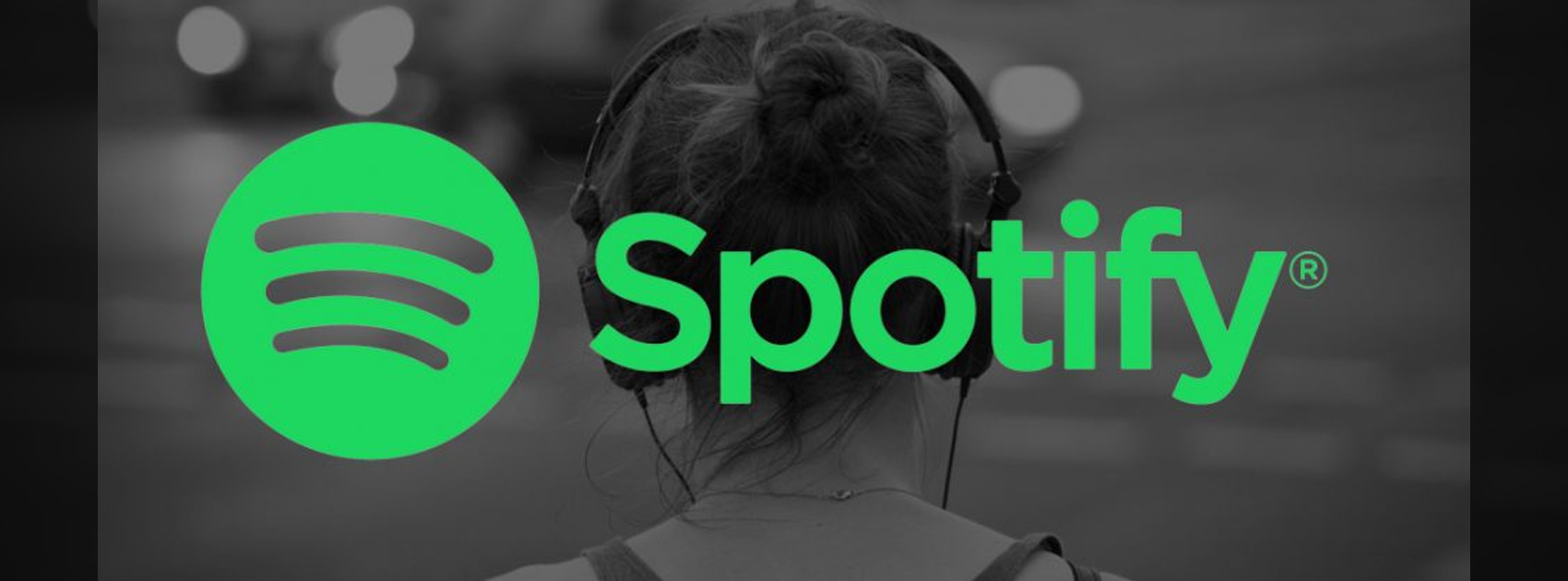
October 2008 witnessed online music being taken to a whole new level with the launch of Spotify. This free music app started with a simple vision of converting millions of pirates who illegally downloaded music to a potential customer base, providing them with a legal service for the same. Little did the founders know this app would take the world by storm and become the go to music application for millions. Keep reading to know how this Swedish music company turned free music into a $ 26 billion dollar fortune.
Where it all began
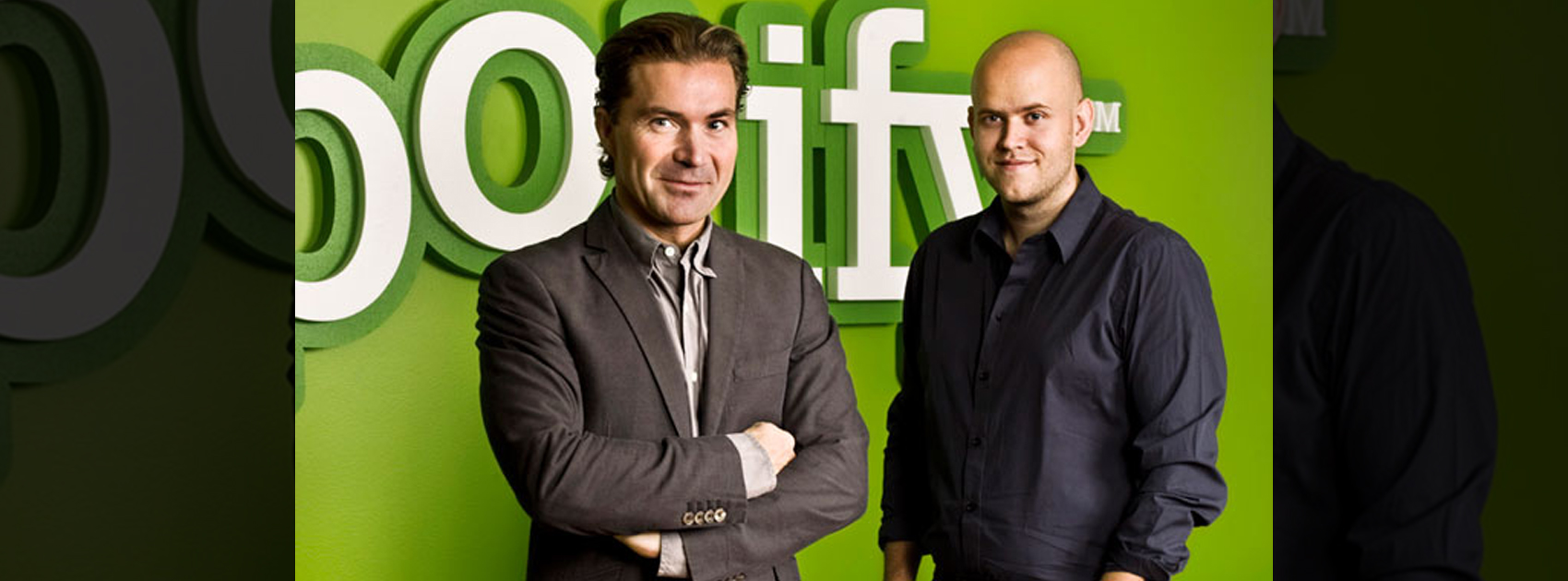
Spotify is the brainchild of Swedish entrepreneur Daniel Ek. Daniel Ek was born in Stockholm on the 21st of February 1983. Ek had a passion for technology since his childhood. At the age of 14, he was already developing web pages for businesses and managed to earn around $150,00 a month. He invested this money into servers where he hosted web pages. In the year 2006, Ek started his own online marketing firm, Advertigo. Despite all this, Ek was looking for something which would give him more than just money—satisfaction.
Back then, Sweden was home to millions of pirates who downloaded and shared music illegally. When the government finally decided to shut that down, Daniel Ek saw a great opportunity to turn these pirates into potential customers and thus began the journey of Spotify.
Ek sold his marketing firm to the Swedish company TradeDoubler and then established Spotify along with Martin Lorentzon, the cofounder of TradeDoubler.
Initial developments and struggles

Spotify’s development began in the year 2006 by Daniel Ek, Martin Lorentzon and a team of people at Spotify, in Sweden. According to Daniel Ek, the Company’s name is a combination of the two words “spot” and “identify”.
In the beginning, the music industry showed very little interest in Spotify, as its idea to stream free music earned the industry far less revenue when compared to other paid services such as iTunes. For this reason, it became extremely difficult for Ek and Lorentzon to get investors on board for the project. All these limitations, however, could not stop them. The Spotify development team was finally able to launch the official application by 7th October 2008.
From an idea to a billion dollar entity
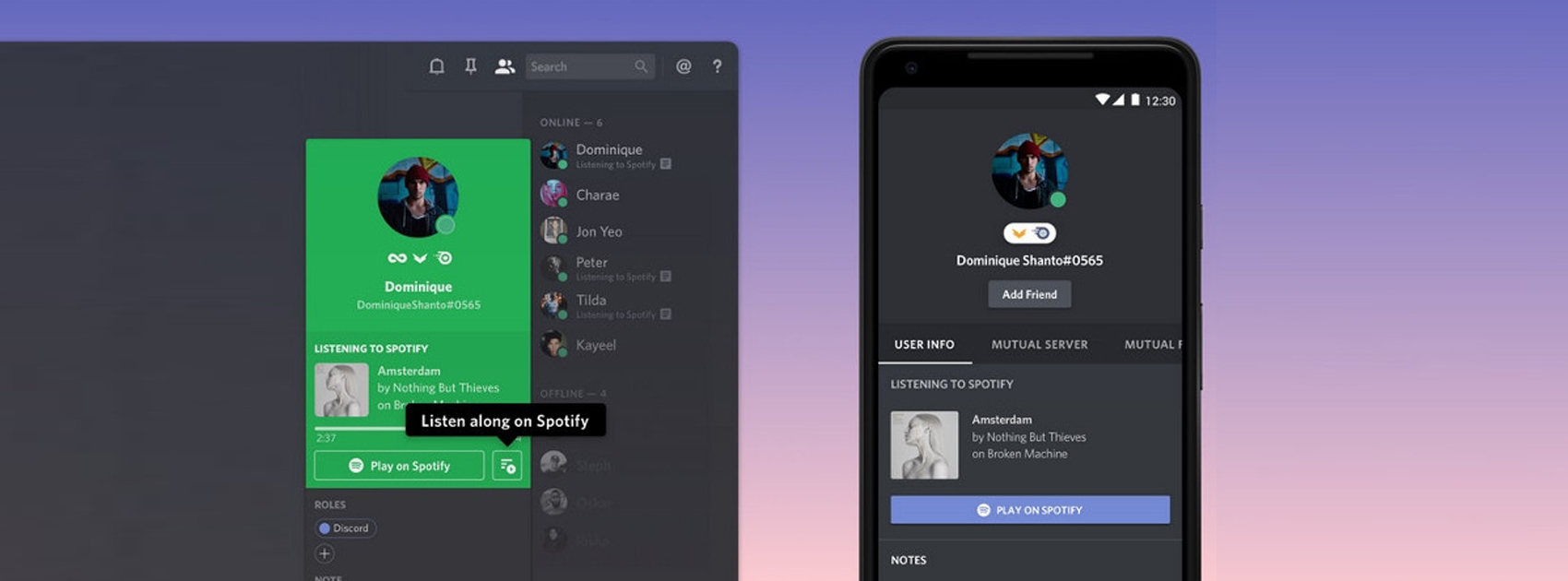
After the launch of the app, Spotify was unstoppable. Within a short span, the app gained immense popularity, both among users and investors. In 2009, Spotify won the backing of Facebook when Mark Zuckerberg took to his social media and wrote “Spotify is good.” By 2010, the market value of Spotify increased to be $ 4 billion. In 2011, Spotify launched its services in the United States and allied with Facebook. The user base of Spotify quickly grew to 5 million active users by the end of that year. In 2012, Spotify had 18 billion tracks and 20 million users. Over the years, top artists started collaborating with the streaming and Spotify started spreading its wings to the U.S.A., New Zealand, Australia and parts of Africa and Asia. As of April 2019, Spotify provides access to over 40 million tracks and has over 200 million users, more than 100 million of whom pay for the service.
Future scope of Spotify
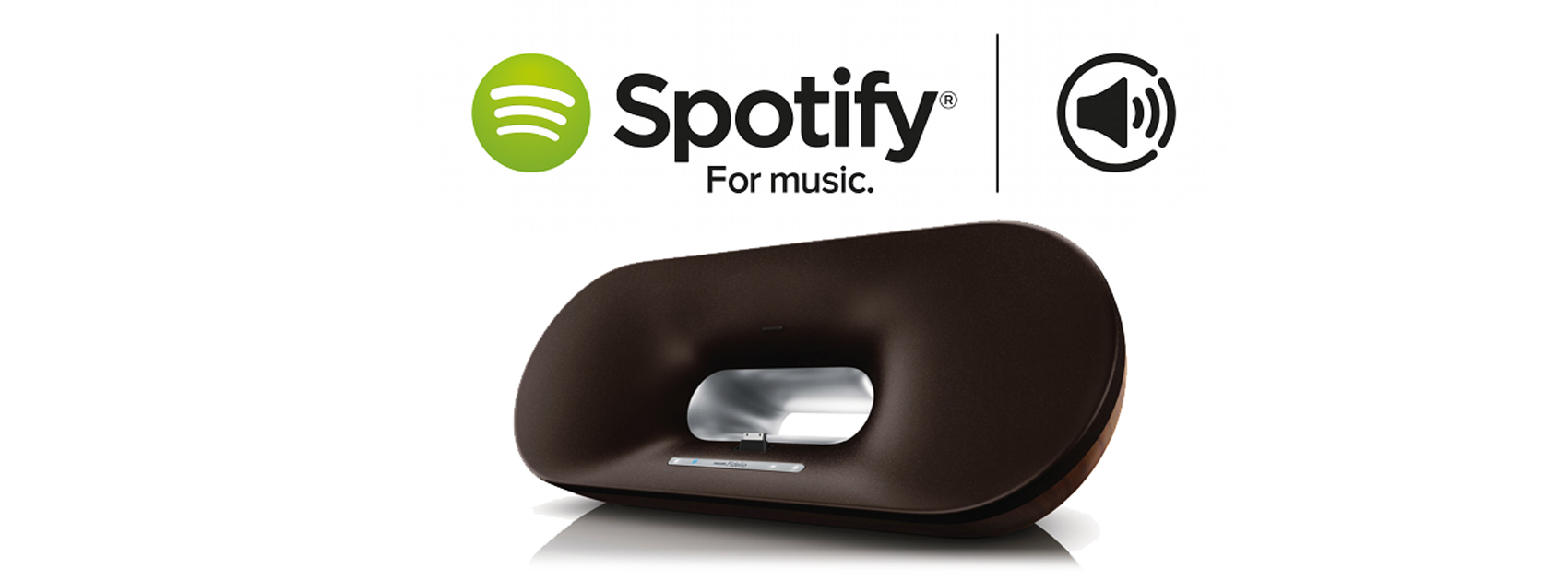
At present, Spotify has to rely on speakers made by Apple, Amazon and Sonos, but recent reports suggest that Spotify is working on its own voice assistant and smart speaker. This smart speaker could prove to be a rival for Amazon’s Alexa.
Ten years ago, Ek made an assumption, people who go against the law to download music could as well pay a small fee to stream music in a legal way. This assumption of his proved to be true and today, one among the most used apps in the world.
Daniel Ek and Martin Lorentzon proved to the world, with passion and hard work, no goal is too far. Every entrepreneur can definitely learn something by looking at Spotify’s decade long journey.
Entrepreneur Stories
Indian Man Quits JPMorgan, Takes 70% Pay Cut to Launch $6 Million Startup
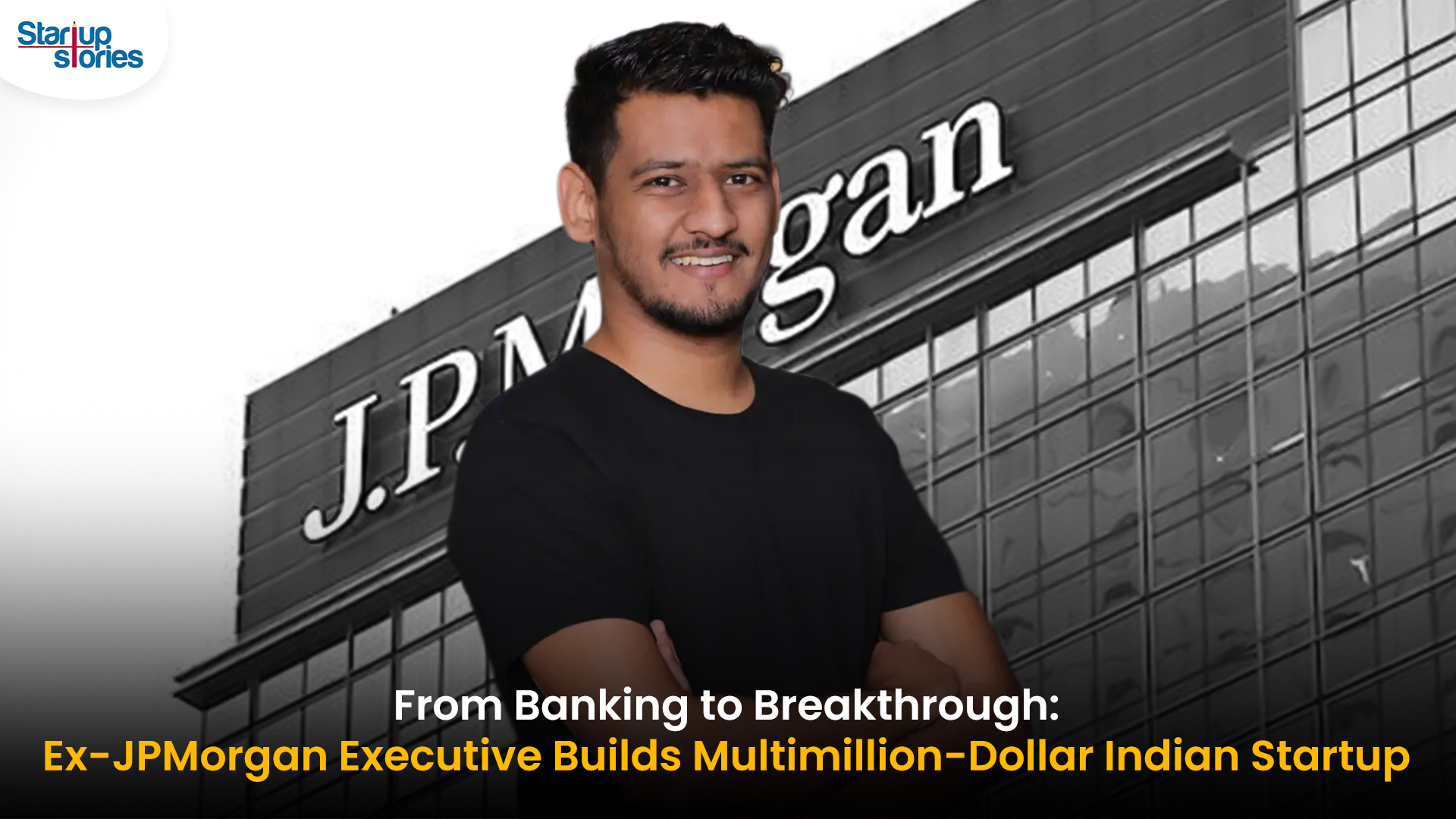
Leaving behind a high-paying job at JPMorgan, an Indian entrepreneur embraced a 70% salary cut to pursue true purpose and passion in the startup world. Disenchanted with what he described as a “robotic” corporate routine, he sought meaningful work that made a real impact. This pivotal decision marked the beginning of his new journey, one focused on value creation rather than titles and corporate perks.
Powered by resilience and fresh perspective, the entrepreneur launched his own startup, prioritizing innovation and hands-on solutions. The road was challenging, but his vision resonated with the market: the startup quickly gained traction and raised $6 million—an impressive acknowledgement of its potential in a competitive landscape. Every hard lesson from early setbacks and bootstrapping paid off in real customer growth and investor confidence.
Today, his journey stands as an inspiring example for professionals seeking authentic success outside the corporate grind. By trading comfort for creative freedom, he grew a venture that solves important problems, generates jobs, and builds wealth beyond just salary. For ambitious founders, his story highlights the power of risk-taking, adaptability, and relentless focus on impact in India’s thriving startup ecosystem.
Videos
Larry Page: The Visionary Co-Founder Behind Google’s Global Success
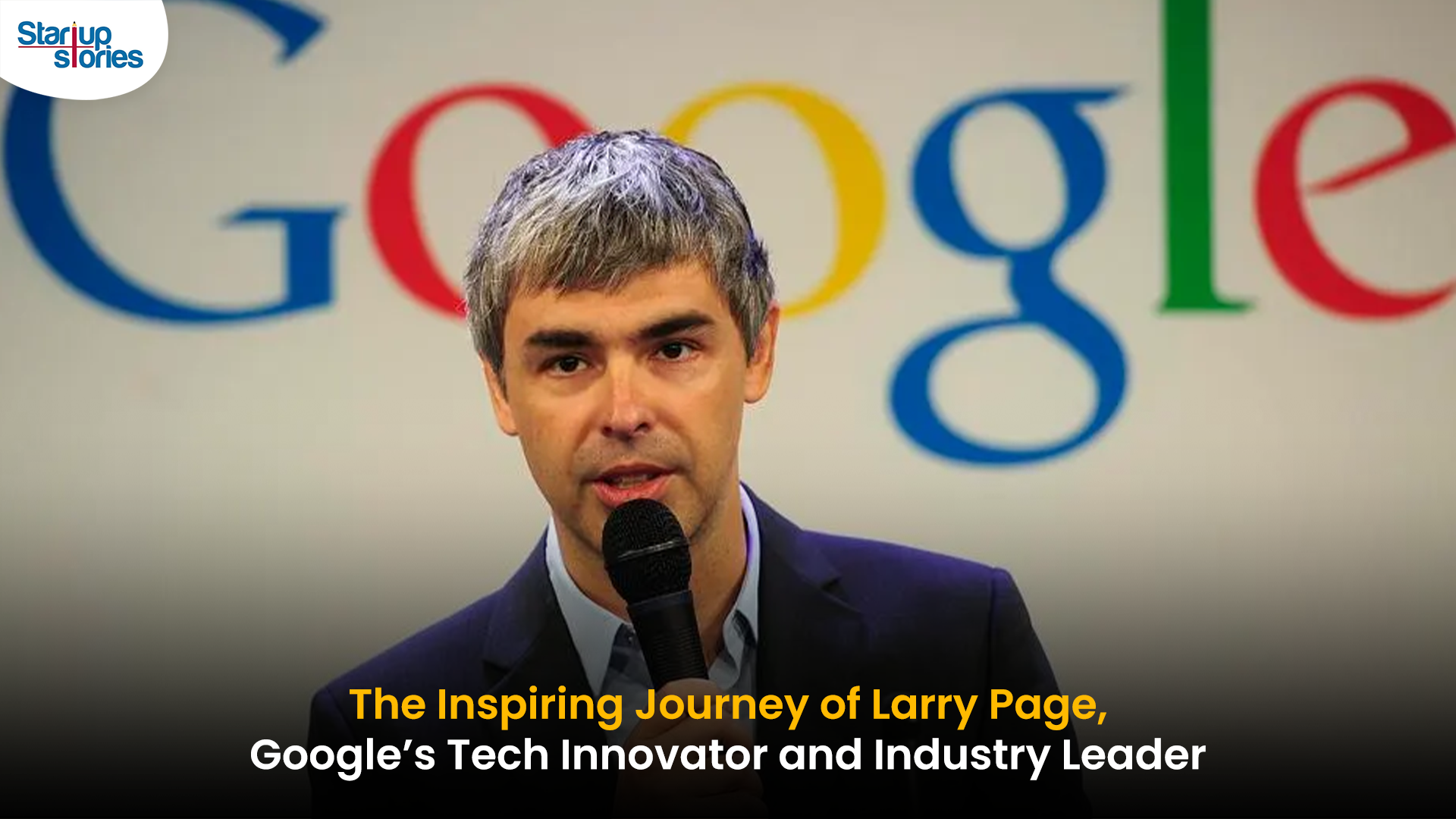
Larry Page is a visionary technology entrepreneur and co-founder of Google, one of the world’s most influential companies. Born in 1973 in Michigan, Page grew up surrounded by computer technology, which inspired his passion for innovation from an early age. He studied computer engineering at the University of Michigan and later pursued his PhD at Stanford University, where he developed the revolutionary PageRank algorithm with Sergey Brin. This technology fundamentally changed the way search engines rank websites, making Google the most accurate and popular search engine globally.
The journey of Larry Page and Google began in 1998 when they officially launched the search engine from a small garage. Leveraging their unique algorithm, Google quickly surpassed competitors due to its ability to deliver highly relevant search results, transforming internet search forever. Under Larry Page’s leadership as CEO, Google expanded beyond search to launch groundbreaking products including YouTube, Gmail, and Google Maps, turning it into a global tech powerhouse that shapes how we access and interact with information online.
Larry Page later became the CEO of Google’s parent company, Alphabet Inc., driving innovation and investment in next-generation technologies such as artificial intelligence, autonomous vehicles, and healthcare solutions. His visionary leadership and commitment to technological advancement have cemented his legacy as one of the most influential figures in the tech industry. Today, Larry Page remains a key influencer in shaping the future of technology and digital innovation worldwide.
Entrepreneur Stories
India’s Tech Story: Airtel Spreads AI Access, Ohm Mobility Lessons
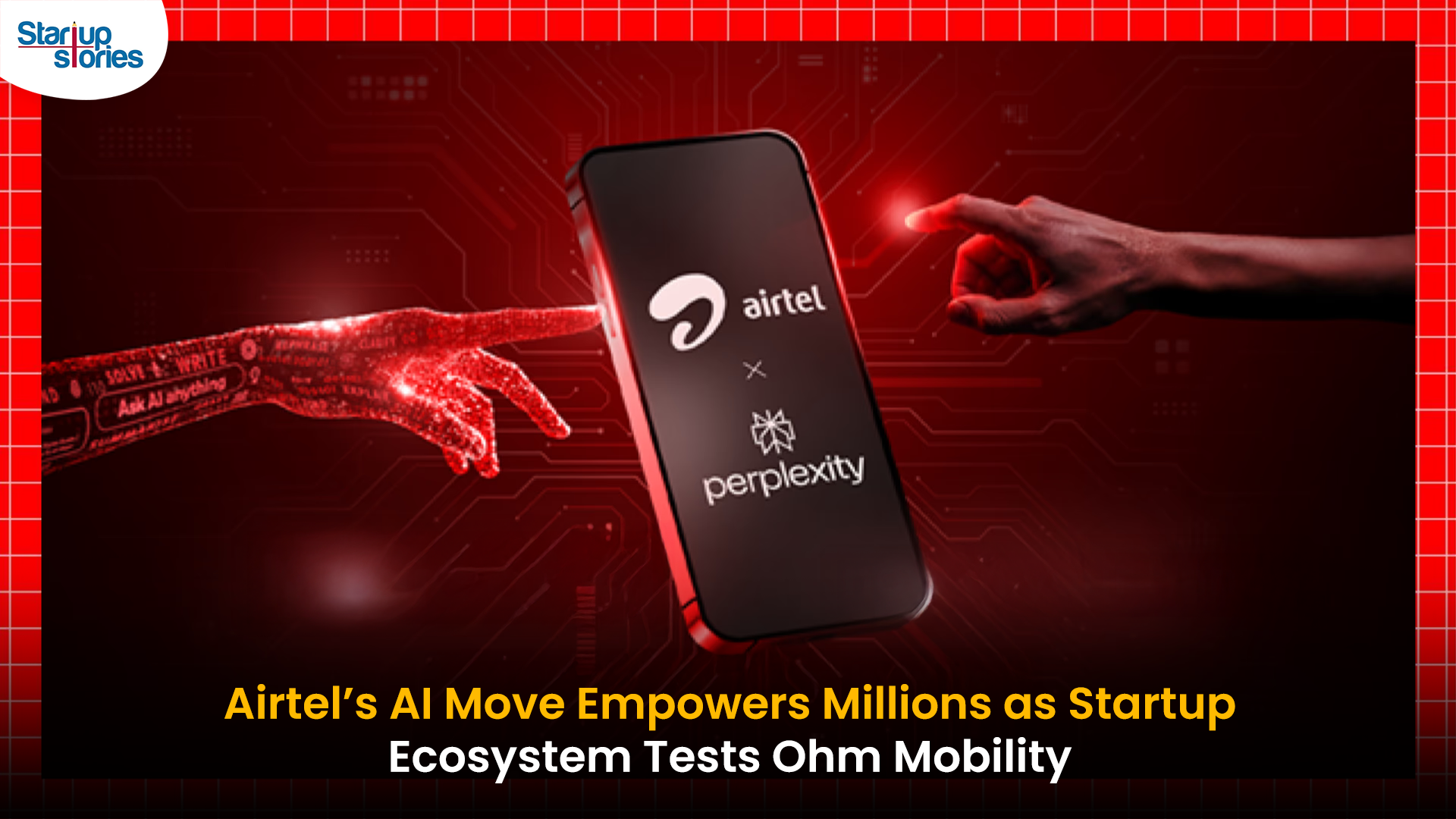
Bharti Airtel has launched the innovative “Airtel-Perplexity Blueprint,” partnering with Perplexity to provide over 360 million customers free access to Perplexity Pro for a year—a benefit valued at ₹17,000 ($200). This collaboration enables Airtel users across mobile, broadband, and digital TV to harness advanced capabilities in generative AI, including leading AI models like GPT 4.1, Claude, and Gemini, along with up to 300 Pro searches daily, image generation, document analysis, and personalized planning services. The move is seen as a milestone for telecom innovation and the democratization of AI in India, making powerful research and productivity tools accessible to a massive user base.
This strategic partnership positions Airtel as an “AI-first” telecom provider, allowing it to gain key insights into user interactions with artificial intelligence and adapt its networks for growing digital demands. For Perplexity, the tie-up grants exclusive access to India’s vast telecom audience, rapidly propelling the app to the No. 1 spot on the Indian App Store, surpassing global competitors like ChatGPT and Google Gemini. Airtel customers can activate their complimentary subscription seamlessly through the Airtel Thanks App, under the Rewards and OTTs section, reinforcing Airtel’s commitment to digital customer empowerment.
The broader Indian startup ecosystem reflects both breakthrough innovation and hard-earned lessons, illustrated by the recent shutdown of Ohm Mobility, an EV financing startup. Despite multiple pivots and industry-leading investors, Ohm Mobility struggled to achieve a sustainable business model—a reminder of the challenges in market fit and adaptability. As AI adoption accelerates and startup realities evolve, industry leaders like Airtel and Perplexity are setting new standards, while others, like Ohm Mobility, offer valuable insights on resilience and the importance of business model flexibility in India’s dynamic tech landscape.




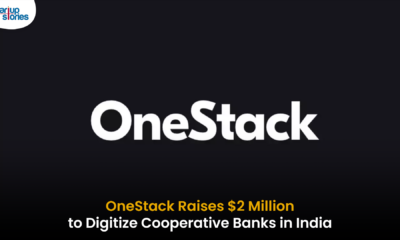









GO88
November 5, 2025 at 8:51 pm
Tham gia cộng đồng game thủ tại Go88 để trải nghiệm các trò chơi bài, poker phổ biến nhất hiện nay.
MM88
November 5, 2025 at 9:55 pm
Khám phá thế giới giải trí trực tuyến đỉnh cao tại MM88, nơi mang đến những trải nghiệm cá cược thể thao và casino sống động.
站群程序
November 8, 2025 at 3:23 am
搭载智能站群程序,自动化搭建与管理,为SEO项目提供核心驱动力。站群程序
ios超级签
November 8, 2025 at 9:11 pm
苹果签名,苹果超级签平台,ios超级签平台ios超级签苹果企业签,苹果超级签,稳定超级签名
站群程序
November 11, 2025 at 6:13 pm
搭载智能站群程序,自动化搭建与管理,为SEO项目提供核心驱动力。站群程序
J88
November 12, 2025 at 1:42 am
Đến với J88, bạn sẽ được trải nghiệm dịch vụ cá cược chuyên nghiệp cùng hàng ngàn sự kiện khuyến mãi độc quyền.
MM88
November 14, 2025 at 2:40 am
Với giao diện mượt mà và ưu đãi hấp dẫn, MM88 là lựa chọn lý tưởng cho các tín đồ giải trí trực tuyến.
iwin
November 19, 2025 at 11:18 pm
iwin – nền tảng game bài đổi thưởng uy tín, nơi bạn có thể thử vận may và tận hưởng nhiều tựa game hấp
Kuwin
November 29, 2025 at 4:00 pm
kuwin sở hữu kho game đa dạng từ slot đến trò chơi bài đổi thưởng, mang đến cho bạn những giây phút giải trí tuyệt vời.